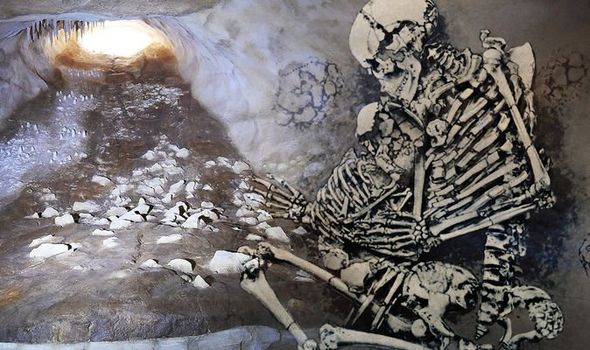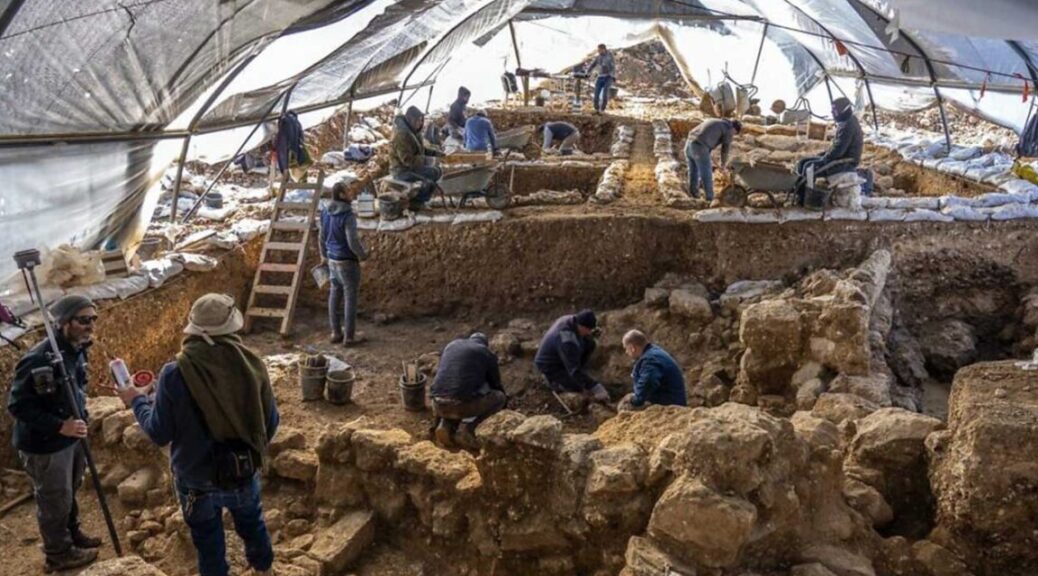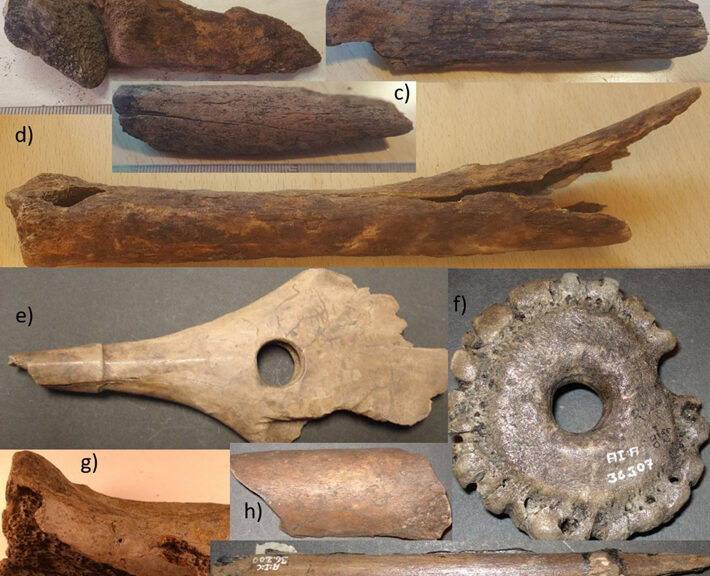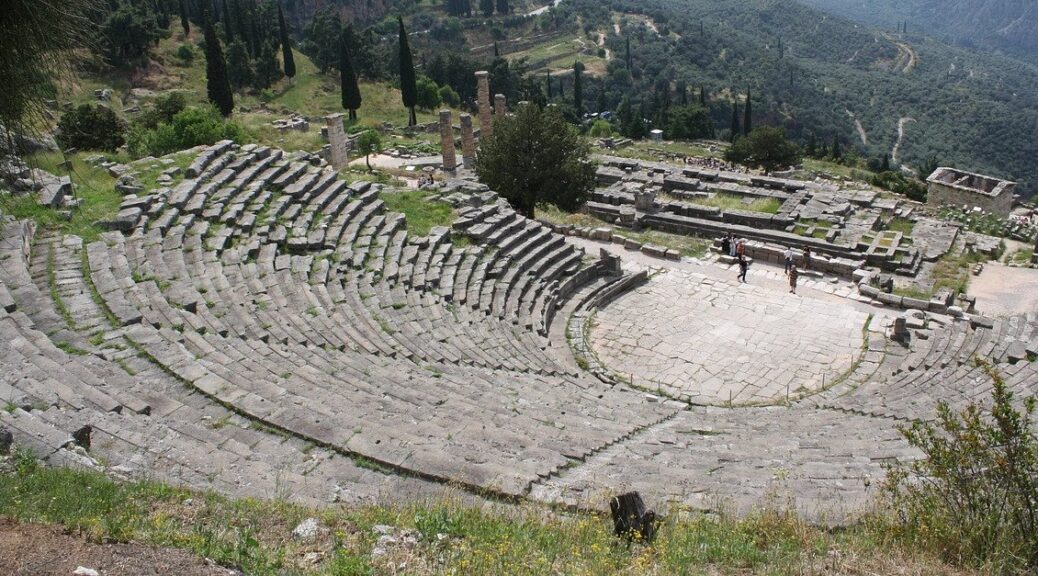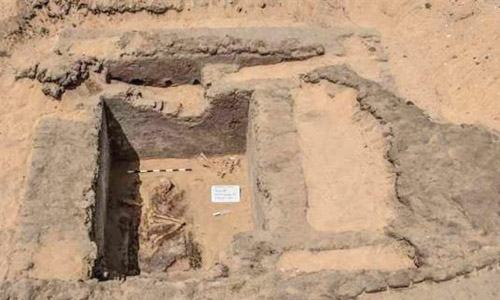Archaeology breakthrough: Scientists discover chilling ‘nest’ of ancient humans in a cave
The discovery was made in a cave in France, which contained the remains of prehistoric hunter-gatherers who died some 30,000 years ago.
First discovered 20 years ago, the Grotte de Cussac cave is located in the southwest of the country. Frequented by members of the Gravettian culture of the European Upper Paleolithic, the finding shed fresh light on the burial rituals of Paleolithic humans.
The group left evidence scattered across the continent of Europe, appearing around 33,000 years ago. Particularly notable for its prolific cave art “Venus” figurines portraying voluptuous female figures and elaborate burial rituals, the culture has become famous among archaeologists.

Researchers studied the cave and published their study in the journal Proceedings of the National Academy of Sciences. Here, an international team analyzed the caves remains using photographs and 3D rendering.
They concluded that the site provided a “unique” setting for the dead in the Paleolithic. Previous papers had reported the presence of human remains inside the cave.
However, the newest study is the first to provide a detailed description of all of them and a comprehensive analysis of the mortuary behaviours that led to the particular distribution of the bones. Contact with the cave’s surfaces is prohibited, forcing researchers to use indirect examination techniques.

The researchers reported that the cave contained two areas of human remains. The first included the skeleton of a young adult male in a shallow depression that was once a bear nest, as well as the fragmentary remains of at least two other individuals spread across two other former bear nests.
Deeper in the cave, the second area, containing the remains of at least three individuals—two adults and an adolescent—in hollows along a wall, which appeared to be sorted largely by lower and upper anatomy.
Some of the bones and underlying sediments featured a red pigment that the researchers have linked to the remains. Many of the burials were similar to traits discovered in other Gravettian sites. But the authors of the paper say a handful of characteristics appear unique to this ancient culture.
For example, the researchers said the remains were found much further inside the cave than is typical and are associated with abundant rock art— an unusual feature for Gravettian burial sites — with the cave containing more than 800 engravings.
“These human remains are located deep in the cave, which is a unique finding for this period—all previously known Gravettian burials are located in open-air sites, rock shelters, or cave entrances,” Sacha Kacki, with the French National Center for Scientific Research, told Newsweek.
He added: “The Grotte de Cussac is not only a burial place but also a decorated cave. It is quite rare that Gravettian human remains are found close to (cave) art, and the Grotte de Cussac is the first discovered cave where the mortuary rites and the art are very likely contemporaneous.”
According to the authors, the findings shed new light on the burial practices of Gravettian hunter-gatherers, providing evidence of significant social complexity during the Upper Paleolithic (roughly 50,000 to 12,000 years ago.)
Mr. Kacki said: “Most of the human remains in Cussac are disarticulated due to human manipulations of bones or body parts after or during decomposition.
“Although post-mortem manipulations of human remains have been previously documented for other Gravettian sites, some types of manipulations at Cussac are unknown elsewhere, including the removal of crania and the deliberate commingling of the remains of several individuals.
“These observations indicate diverse and complex mortuary behaviors during the Gravettian, which provides a window onto the social complexity of human groups from the Upper Paleolithic.”
